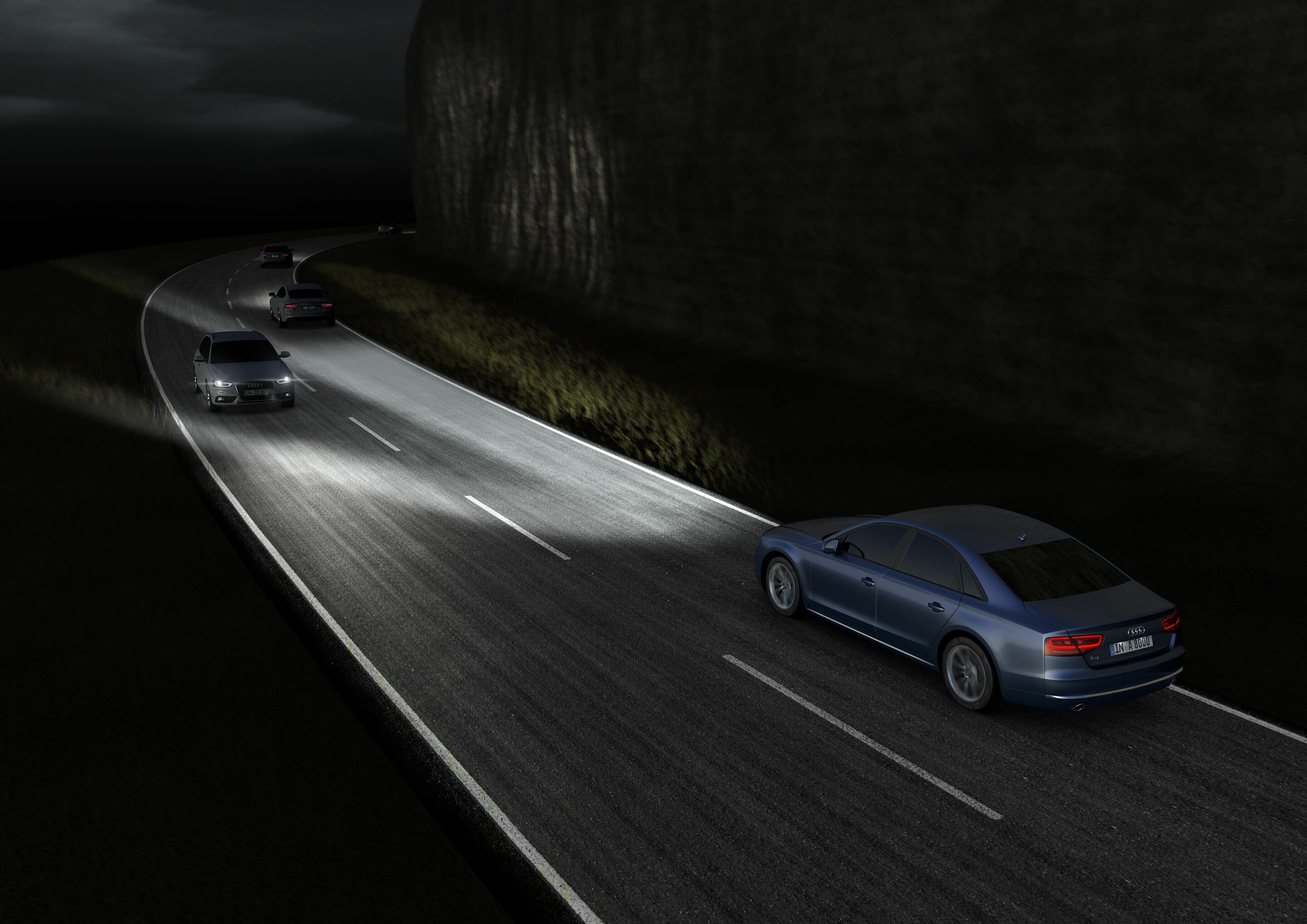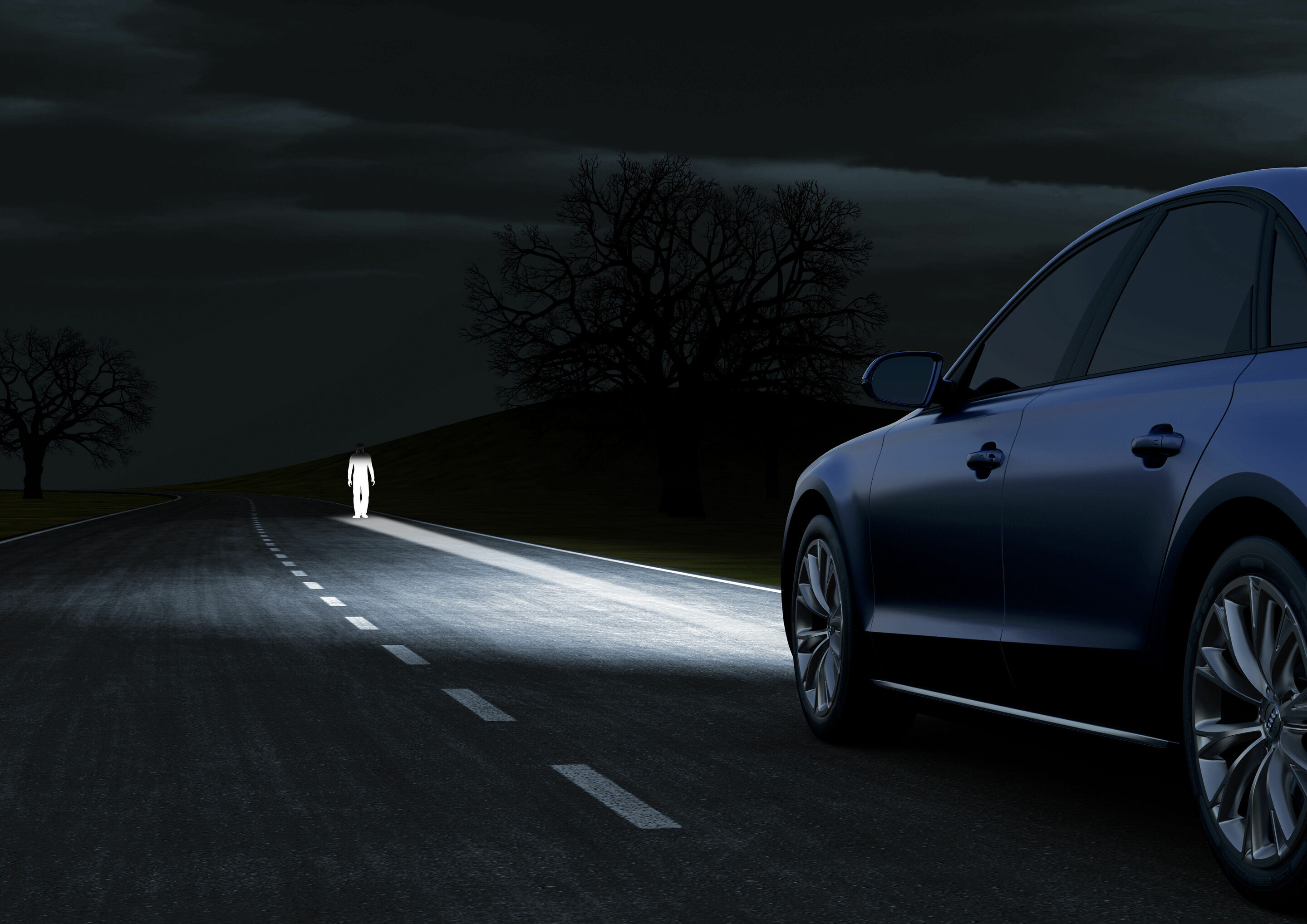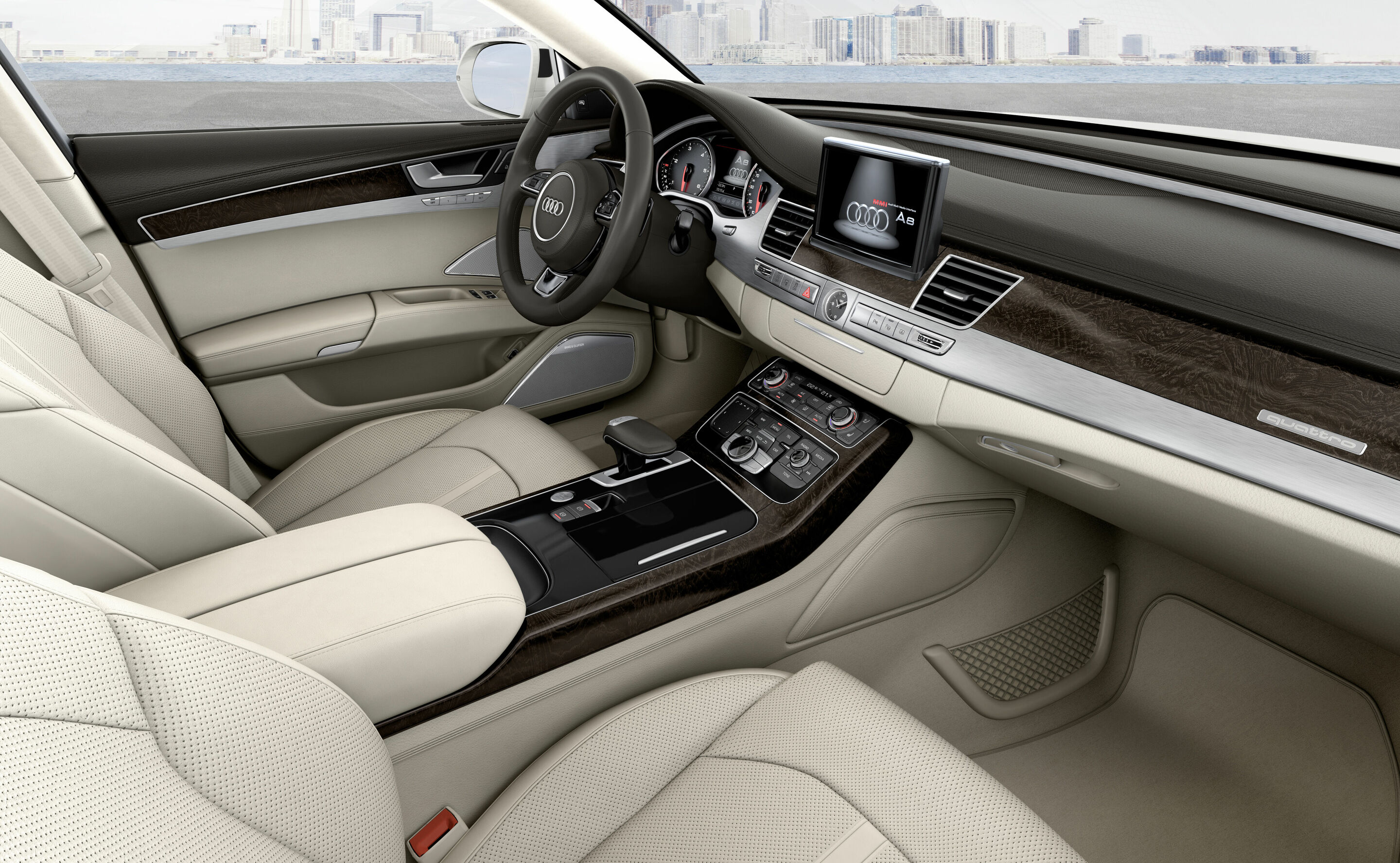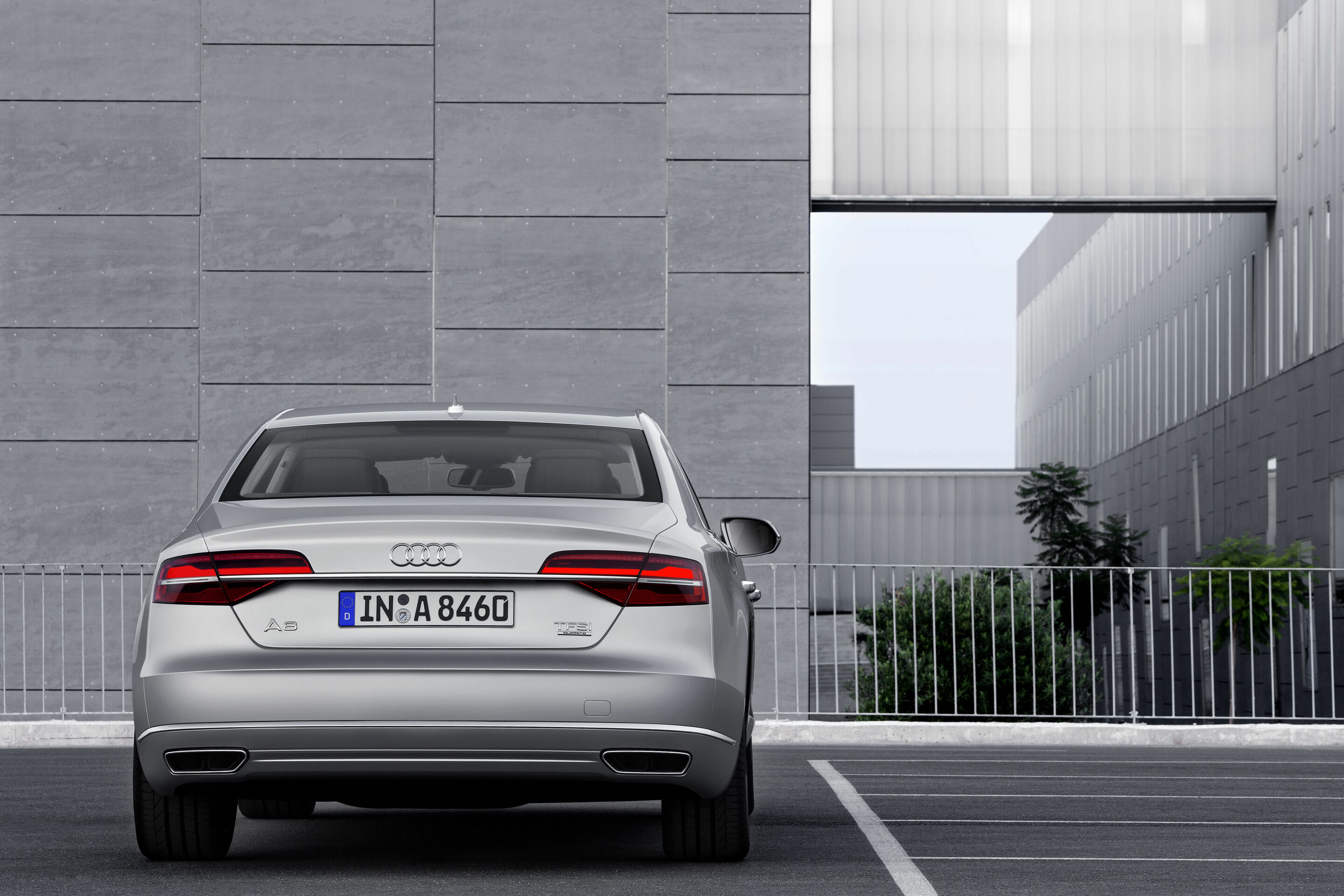Search
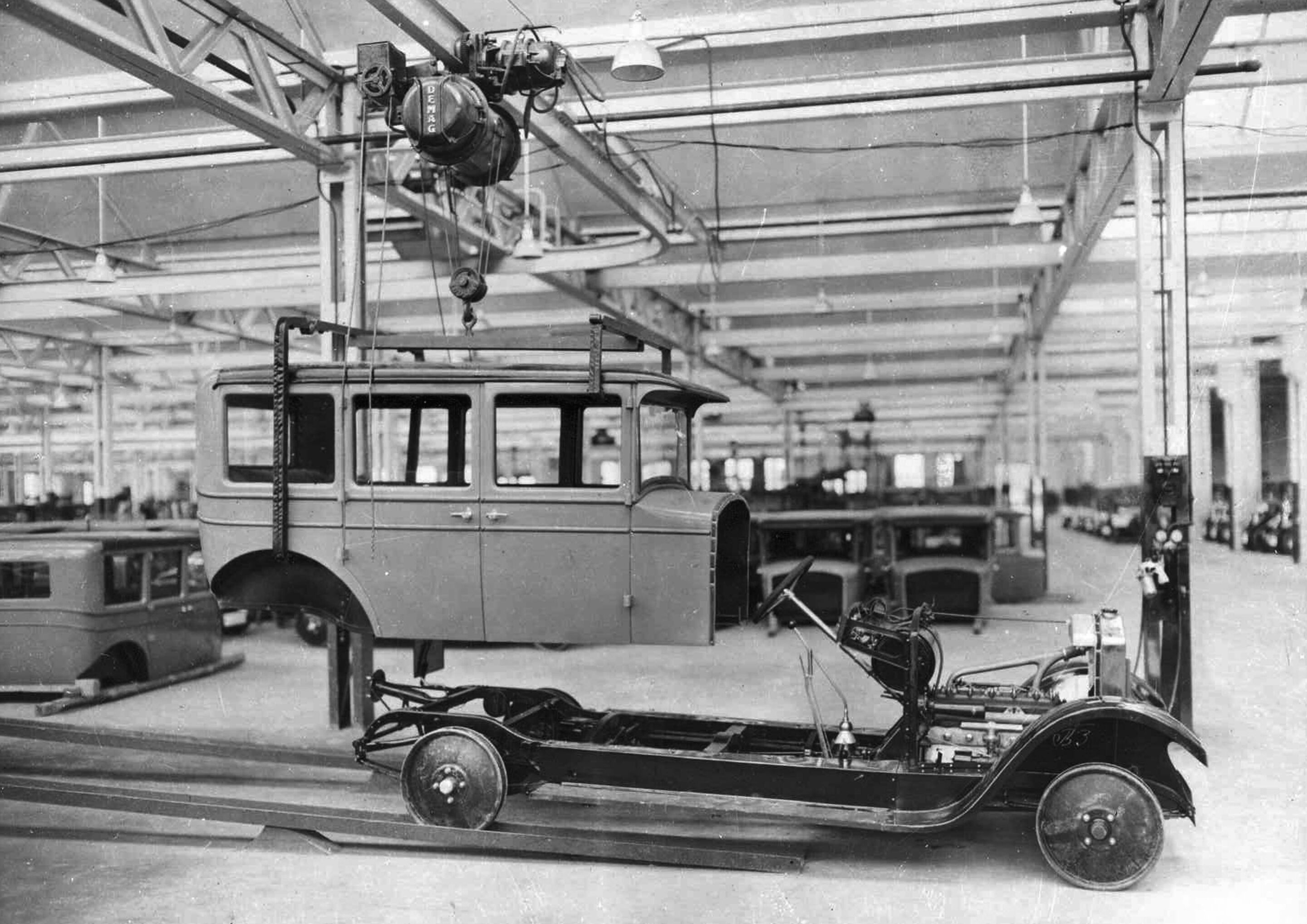 History of the location
History of the location
1873 Christian Schmidt and Heinrich Stoll establish a workshop for the production of knitting machines in Riedlingen on the Danube. 1880 The company relocates to Neckarsulm 1886 Bicycle production begins 1900 Motorcycle production begins 1906 Production of automobiles begins (“Original Neckarsulmer Motorwagen”) 1928 Automobile production ends and the factory in Heilbronn is sold 1933 Ferdinand Porsche commissioned to build the NSU/Porsche Type 32, the VW Beetle’s predecessor 1945 Part of the plant is destroyed in World War II; production gradually resumes beginning in mid-1945 1955 NSU Werke AG is the world’s largest motorcycle plant 1958 Automobile production resumes with the NSU Prinz I to III 1964 Production of the NSU/Wankel Spider, the world’s first production car with a rotary piston engine, begins 1967 Series production of the NSU Ro 80 begins; due to its futuristic design and rotary piston engine, it is voted “1968 Car of the Year” 1969 Merger with Auto Union GmbH Ingolstadt to become Audi NSU Auto Union AG; the majority shareholder is Volkswagen AG 1974/75 The site is threatened with closure during the oil crisis.
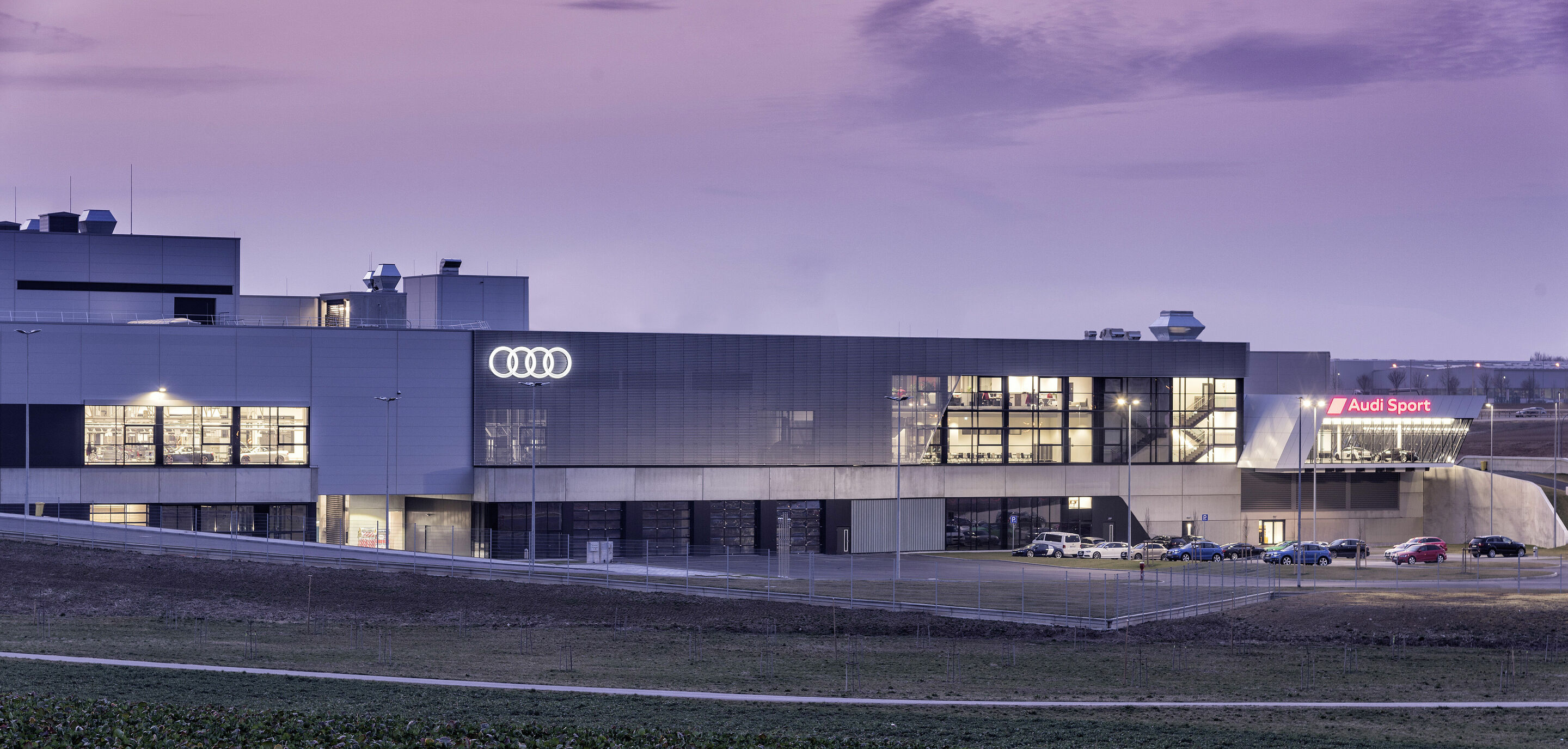 40 facts about 40 years of Audi Sport GmbH
40 facts about 40 years of Audi Sport GmbH
To mark the 40th birthday of Audi Sport GmbH, which evolved from quattro GmbH founded in 1983, the company presents 40 exciting facts.
quattro and quattro GmbH: Audi registered the quattro brand in 1979. The term quattro (Italian for “four”) stands for the drivetrain of an automobile that transfers power to all four of its wheels. In March 1980, the brand with the four rings presented the quattro sports coupé, its first model with permanent all-wheel drive. This cutting-edge technology, which offers a particularly high level of dynamic handling, safety, and unique driving pleasure, is still the basic feature of all Audi RS models today. In 1983, Audi founded quattro GmbH as a wholly owned subsidiary. The original goals were to protect the quattro name and marketing rights internationally in a legal manner, and to supplement the Audi portfolio in a targeted way with sophisticated product and service ranges bearing the quattro logo. The original: Audi systematically extended the offering of vehicles with permanent all-wheel drive to all of its model ranges in the 1980s. To identify the forefather of all the brand’s all-wheel drive models, the first Audi quattro was later given the name “Ur-quattro” in German. With 147 kW (200 hp), the sports coupé was in the sports car league at the time. Thick cheeks: The characteristic fender flares – known as blisters – marked the first Audi quattro. This feature is at the core of Audi’s design DNA. “Making technology visible” is the name of this central design philosophy of the brand with the four rings. Audi also emphasizes the strong quattro character with this striking design feature on many of the current RS models. October 10, 1983: On this day, Audi founded quattro GmbH, which was renamed as Audi Sport GmbH in 2016. The name quattro GmbH unmistakably stands for the special note of individuality, sportiness, and exclusivity that Audi’s new corporate subsidiary delivers. Its first managing director was Jens Neumann.
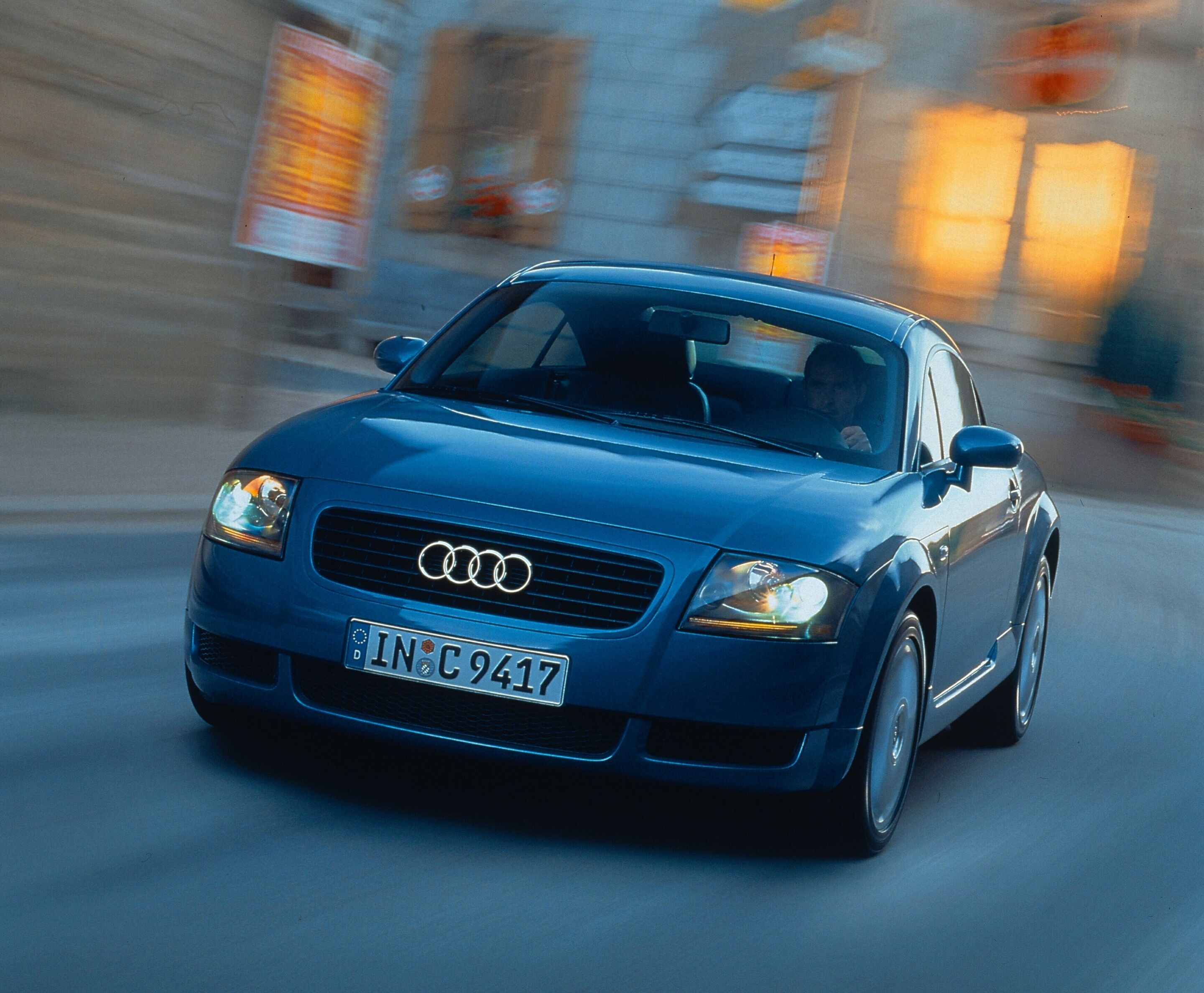 A timeless design icon: The Audi TT turns 25
A timeless design icon: The Audi TT turns 25
Inspired by Bauhaus: Coupé study from 1995 began series production in 1998 178,765 first-generation Audi TT Coupés had rolled off the production line by 2006 Audi designer Torsten Wenzel introduced the study to series production: “The Audi TT is a driving sculpture”
Twenty-five years, three generations: The brand with the four rings wrote design history with the Audi TT. Since its debut in 1998, the sports car has struck a chord with people worldwide thanks to the fun it promises drivers and its clear design language. „Auto Europe“ voted it the best new car of the year in 1999.
In the mid-1990s, the Audi A8 luxury model elevated the Audi brand to a higher position and gradually led to the renaming of the model series: The Audi 80 became the Audi A4, and the Audi 100 was dubbed the Audi A6. Introduced in 1994, the Audi A4 was the first model to embody Audi’s new design language. Next was the Audi A3 premium compact car, launched in 1996, and the second generation of the Audi A6, introduced in 1997. In the course of emotionalizing the brand through a fresh, progressive design, American designer Freeman Thomas, under the then Head of Design Peter Schreyer, created a puristic sports car in the Audi TT Coupé. Audi presented the study to an enthusiastic trade show audience at the IAA in Frankfurt in September 1995. The model name “TT” is reminiscent of the legendary Tourist Trophy on the Isle of Man, one of the oldest motorsports events in the world and one where NSU and DKW celebrated great successes with their motorcycles. The name “TT” also recalls the sporty NSU TT of the 1960s. The Audi TT Coupé’s deliberate departure from the usual Audi nomenclature underscored the complete novelty of the model. Designer Wenzel: “In the Audi TT, every shape has a clear function” In December 1995, the decision was made to mass-produce the Audi TT Coupé.
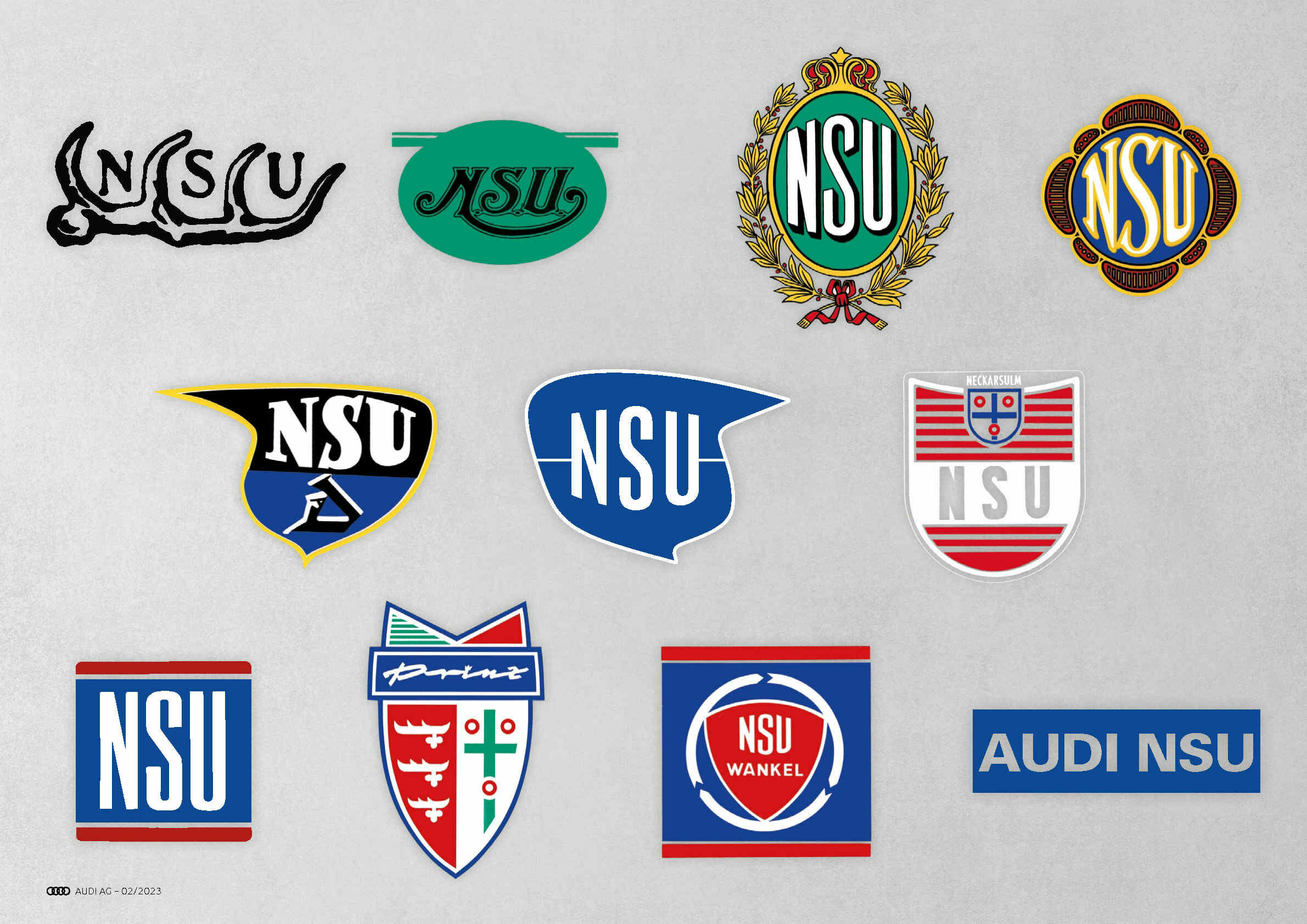 The traditional NSU brand and the Audi Neckarsulm site: 150 years of innovation and transformation
The traditional NSU brand and the Audi Neckarsulm site: 150 years of innovation and transformation
In the anniversary year of 2023, Audi Tradition will bring out a number of NSU highlights from AUDI AG’s historical vehicle collection for events. Ten-part series with classic and exotic cars from NSU’s product history
The traditional NSU brand is celebrating its birthday. In 1873, Christian Schmidt and Heinrich Stoll founded “Mechanische Werkstätte Schmidt & Stoll” in Riedlingen for the production of knitting machines, which later evolved into NSU Motorenwerke AG and ultimately into today’s Audi site in Neckarsulm. Even NSU’s name is closely associated with Neckarsulm, as the company name is derived from the city on the Neckar and Sulm rivers. NSU impressively demonstrates the development of mobility – from bicycles and motorcycles to automobiles. For its 150th anniversary, Audi Tradition is bringing out a number of NSU highlights from its historical vehicle collection. The special exhibition “Innovation, audacity and transformation”, a cooperation project between Audi Tradition and the German Bicycle and NSU Museum (Deutsches Zweirad- und NSU-Museum), is also under construction. The exhibition will be on display at the Audi Forum in Neckarsulm and at the German Bicycle and NSU Museum in Neckarsulm starting on June 14.
“There are so many stories to tell from the long history of NSU,” said Tobias Fräbel, an employee at Audi Tradition responsible for the corporate archives of the Neckarsulm site and the NSU brand. “Since we can’t tell all the stories in just one text, Audi Tradition will offer stories and background information about the company, its products, its involvement in racing and much more throughout the year.” These posts can be found on Audi Tradition’s Instagram channel and in the Audi MediaCenter. There, Audi Tradition will launch a ten-part series. From March to December, one NSU model will be introduced every month – from the brand’s classics, whether they have two or four wheels, to prototypes and exotic models.
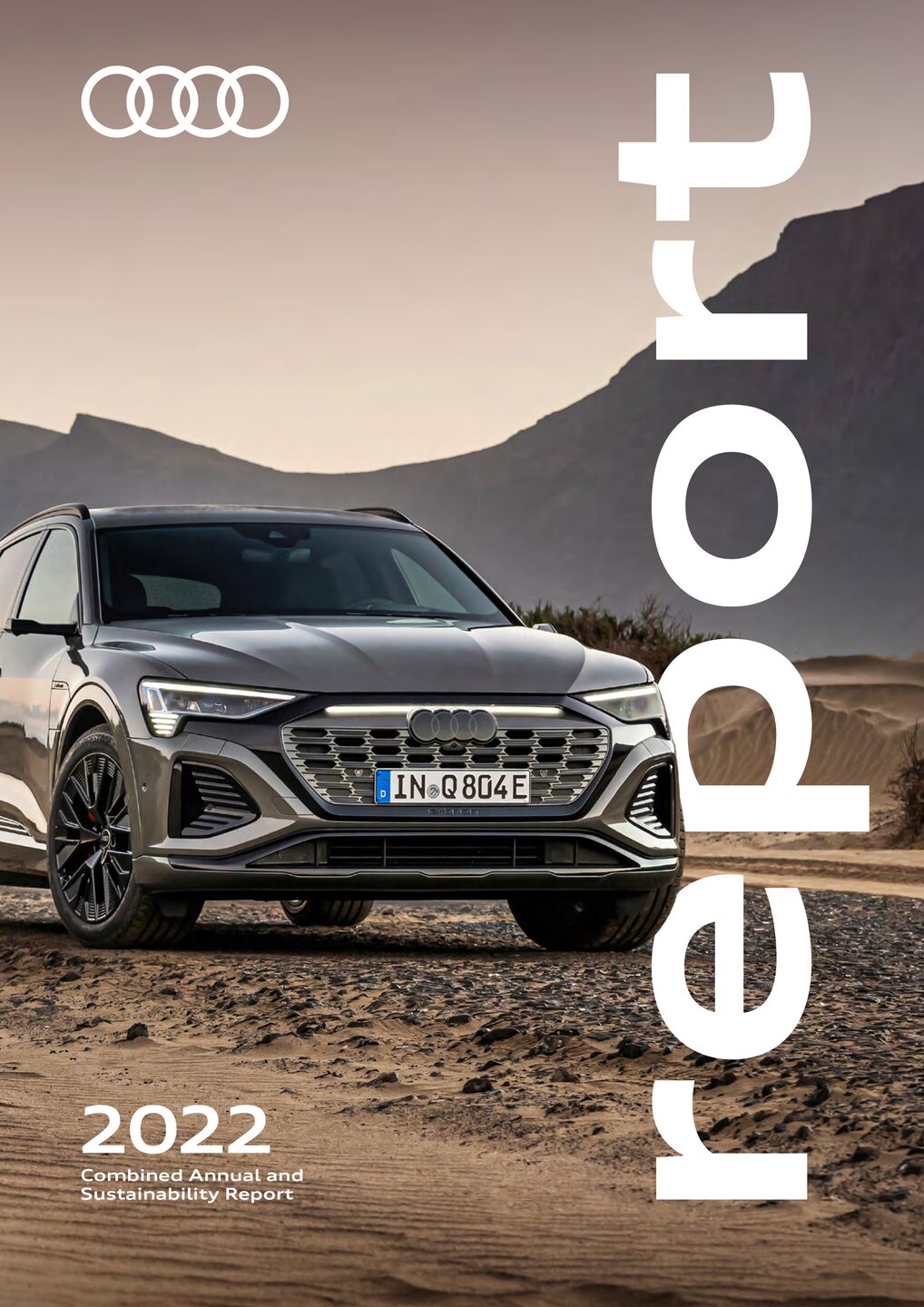 Audi Report 2022
Audi Report 2022
Assembly is carried out in accordance with the technical and quality specifications of AUDI AG. ⁷ Production from January to March 2022. Against the background of the Russian attack on Ukraine, at the beginning of March the Volkswagen Group Board of Management decided to stop the production of vehicles in Russia until further notice. 13 countries 22 GRI 2-1 https://www.audi.com/content/dam/gbp2/en/company/investor-relations/reports-and-key-figures/interim-reports/audi-fact-pack-q4-2022.xlsx 3 4 2 1 5 7 8 9 10 11 6 5 Audi Report 2022 Products & Services Value Creation & Production Operations & Integrity Strategy Employees & Society Introduction Appendix Ill us tr at io n: C 3 V is ua l L ab Martorell, Spain (SEAT) Bologna, Italy (Ducati) Sant’Agata Bolognese, Italy (Lamborghini) Győr, Hungary (Audi) Bratislava, Slovakia (Volkswagen) Ingolstadt, Germany (Audi) Zwickau, Germany (Volkswagen) Neckarsulm, Germany (Audi) Brussels, Belgium (Audi) Crewe, United Kingdom (Bentley) Europe 929,090 cars produced 57,380 motorcycles produced MEDITERRANEAN SEA Kaluga, Russia (Volkswagen) Ingolstadt, Germany AUDI AG 332,981 vehicles A3 Sedan, S3 Sedan, RS 3 Sedan A3 Sportback, S3 Sportback, RS 3 Sportback A4 allroad quattro A4 Sedan, S4 Sedan A4 Avant, S4 Avant, RS 4 Avant A5 Coupé, S5 Coupé, RS 5 Coupé A5 Sportback, S5 Sportback, RS 5 Sportback Q2, SQ2 5 Zwickau, Germany Volkswagen AG 51,685 vehicles Q4 e-tron Q4 Sportback e-tron 4 Bratislava, Slovakia VOLKSWAGEN SLOVAKIA, a.s. 89,208 vehicles Q7, SQ7 Q8, SQ8, RS Q8 7 Kaluga, Russia Volkswagen Group RUS 633 vehicles⁷ Q7,⁶ Q8,⁶ SQ7,⁶ SQ8⁶ 6 Neckarsulm, Germany AUDI AG, Audi Sport GmbH 149,127 vehicles A4 Sedan A5 Cabriolet, S5 Cabriolet A6 allroad quattro A6 Sedan, S6 Sedan, A6 Avant, S6 Avant, RS 6 Avant A7 Sportback, S7 Sportback, RS 7 Sportback A8, S8, A8 L, S8 L e-tron GT quattro, RS e-tron GT R8 Coupé, R8 Spyder 3 Brussels, Belgium AUDI BRUSSELS S.A.
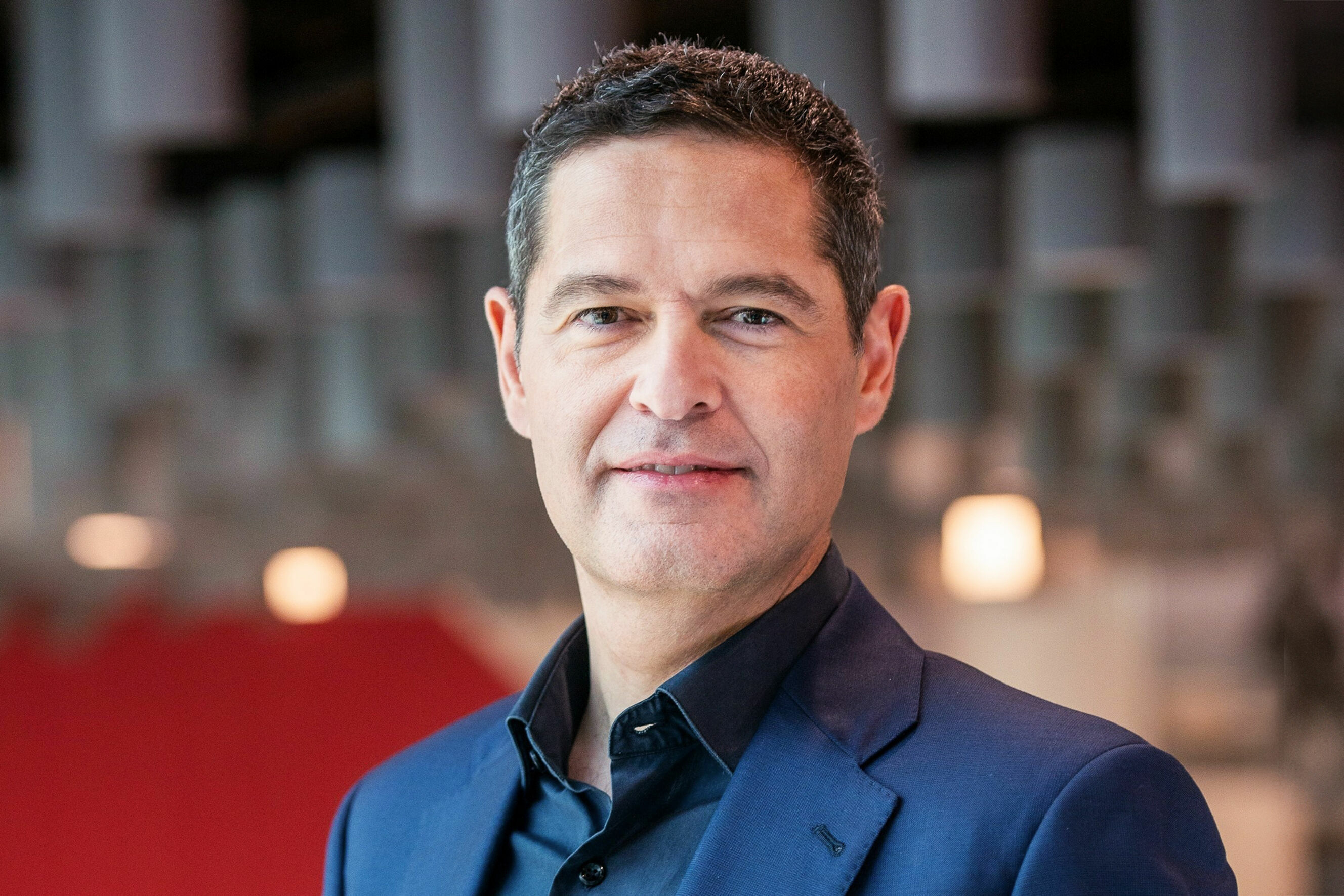 Xavier Ros - Human Resources and Organization
Xavier Ros - Human Resources and Organization
Member of the Board of Management at AUDI AG Human Resources and Organization
Xavier Ros was born in Barcelona in 1971. He studied mechanical engineering at the Barcelona School of Industrial Engineering. The native of Spain started his professional career in Audi’s Production and Logistics division in Ingolstadt in 1994. Three years later, he took over project management activities on the Audi A8 product line. In 1999, Xavier Ros transferred to SEAT’s Technical Development division to advance the third-generation SEAT Ibiza in the Development Management department. In 2002, Xavier Ros was appointed Secretary General of SEAT. Five years later, he took over the role of Human Resources Strategy and Development Manager. Starting in 2011, Ros was appointed SEAT’s Personnel Director. From 2013 to 2015, Xavier Ros worked at VW Autoeuropa in Portugal, where he managed the Human Resources department as a member of its Executive Committee. He returned to Martorell as SEAT’s Executive Vice President for Human Resources and Organization in September 2015. Since May 20, 2022, Xavier Ros has been Labor Relations Director and Member of the Board of Management of AUDI AG for Human Resources.
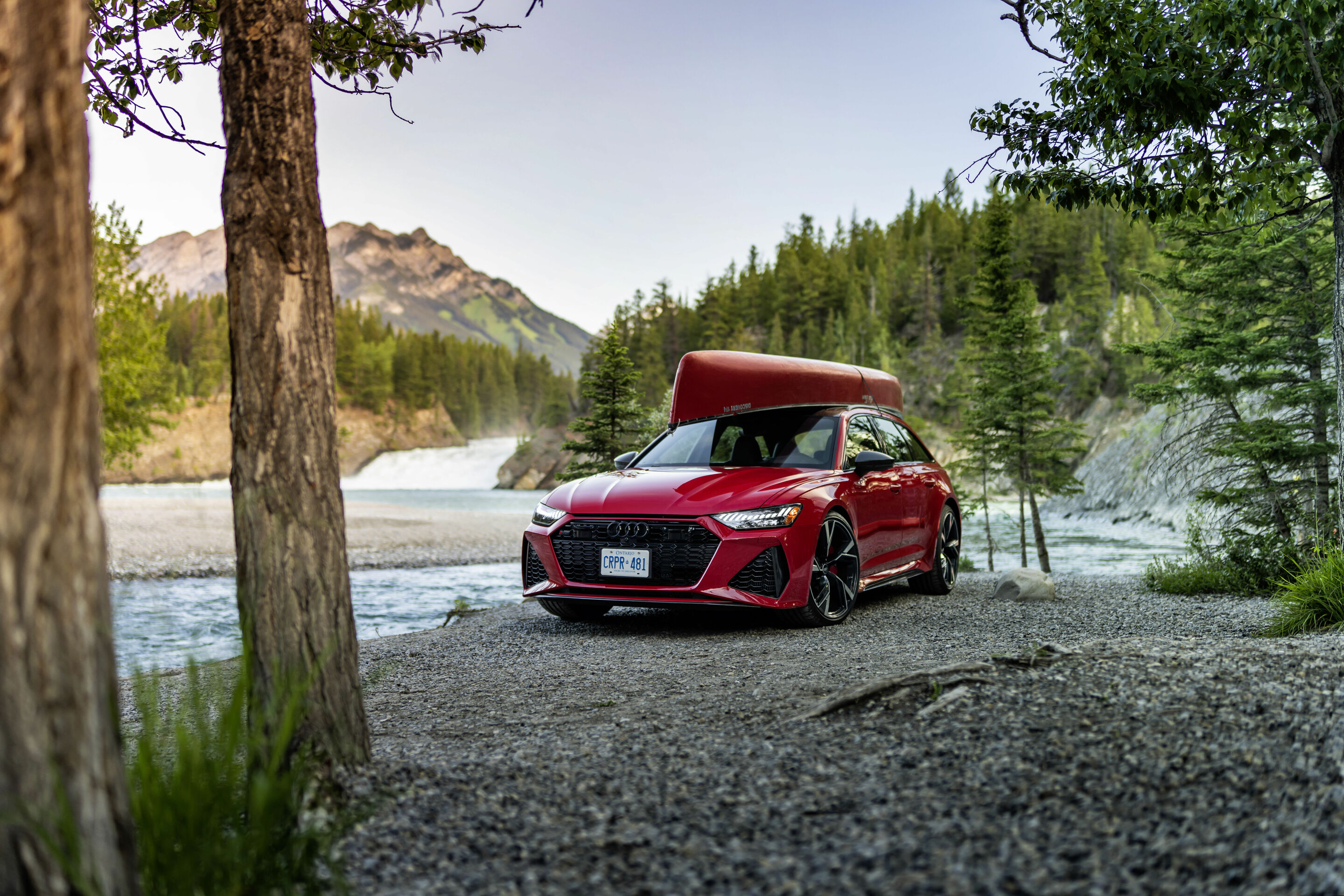
Combination of pioneering performance and outstanding everyday usability have always been trademark features of an RS 6 The current RS 6 Avant – now available in the US for the first time – is the global market leader in its segment with a uniquely wide body From the C5 to the C8, Dynamic Ride Control suspension ensures first class driving dynamics
One car has been exciting Audi Sport GmbH and a worldwide fanbase like no other for 20 years: across four generations, the Audi RS 6 has set the tone for high-performance station wagons with impressive performance and outstanding everyday usability. It owes the success of its underlying concept from 2002 to its double-charged engine and all-wheel drive. The basic concept has been the same across every generation of the RS 6. Again and again, it sets new standards in its competitive environment as well. Technical Vorsprung also turns up in other places, such as Dynamic Ride Control suspension. It has been used in other RS models from Audi for a long time.
The C5: a desire for performance in the upper mid-range Shortly after the start of the new millennium, what was then quattro GmbH (now Audi Sport GmbH) was faced with the question of which car the staff would give a sporty renovation to after the RS 4. It was an opportune moment for the Audi A6. The first generation (C5) underwent a product enhancement in 2001 and Audi also wanted to add more power under the hood in its upper mid-range. The brand was self-aware and motorsports were in high demand. Audi drove its way to the winners stand on the first try at its premiere in the legendary 24-hour Le Mans in 1999. The company with the four rings made history again in 2000, 2001, and 2002.
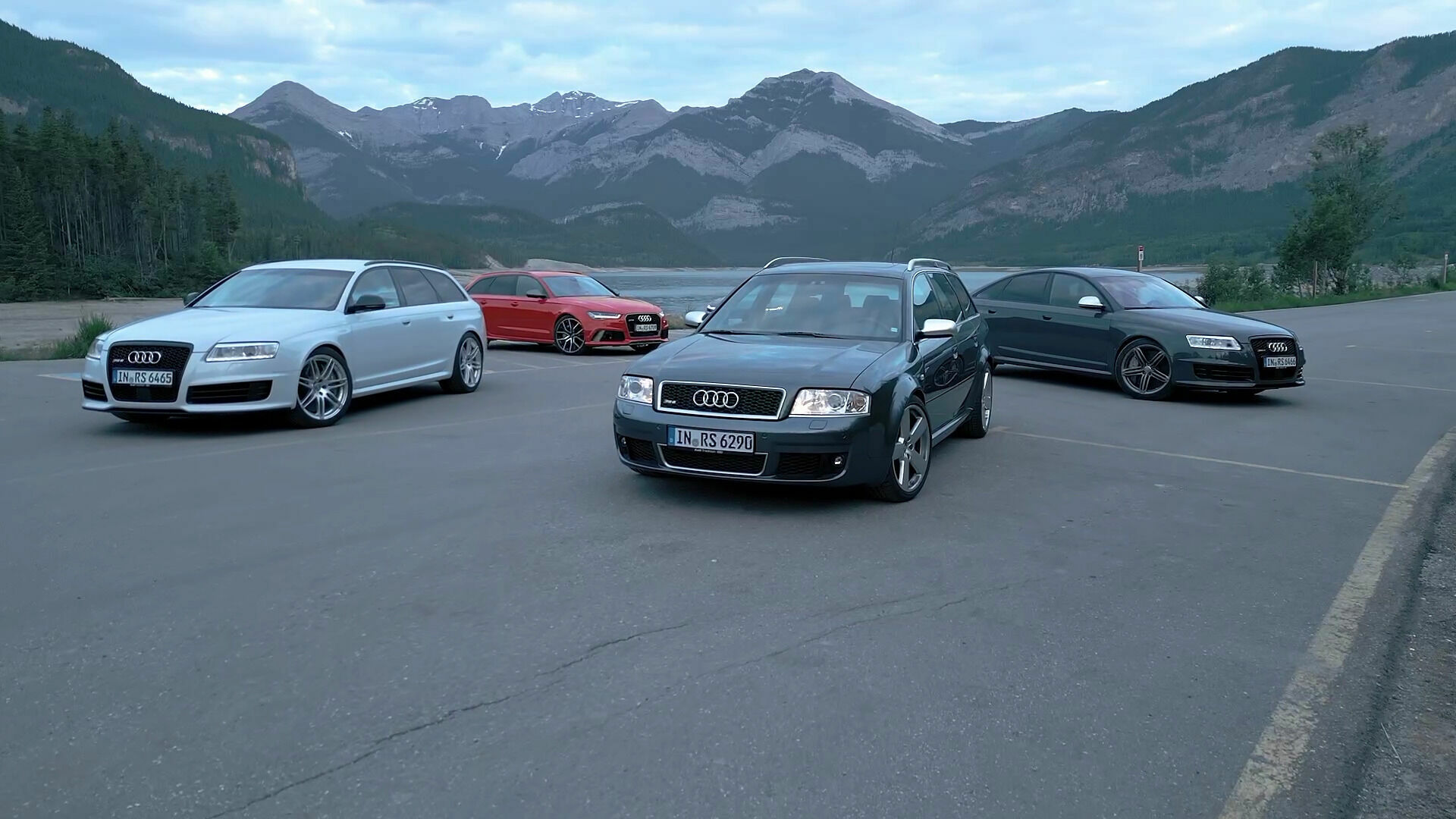
Combination of pioneering performance and outstanding everyday usability have always been trademark features of an RS 6 The current RS 6 Avant – now available in the US for the first time – is the global market leader in its segment with a uniquely wide body From the C5 to the C8, Dynamic Ride Control suspension ensures first class driving dynamics
One car has been exciting Audi Sport GmbH and a worldwide fanbase like no other for 20 years: across four generations, the Audi RS 6 has set the tone for high-performance station wagons with impressive performance and outstanding everyday usability. It owes the success of its underlying concept from 2002 to its double-charged engine and all-wheel drive. The basic concept has been the same across every generation of the RS 6. Again and again, it sets new standards in its competitive environment as well. Technical Vorsprung also turns up in other places, such as Dynamic Ride Control suspension. It has been used in other RS models from Audi for a long time.
The C5: a desire for performance in the upper mid-range Shortly after the start of the new millennium, what was then quattro GmbH (now Audi Sport GmbH) was faced with the question of which car the staff would give a sporty renovation to after the RS 4. It was an opportune moment for the Audi A6. The first generation (C5) underwent a product enhancement in 2001 and Audi also wanted to add more power under the hood in its upper mid-range. The brand was self-aware and motorsports were in high demand. Audi drove its way to the winners stand on the first try at its premiere in the legendary 24-hour Le Mans in 1999. The company with the four rings made history again in 2000, 2001, and 2002.
